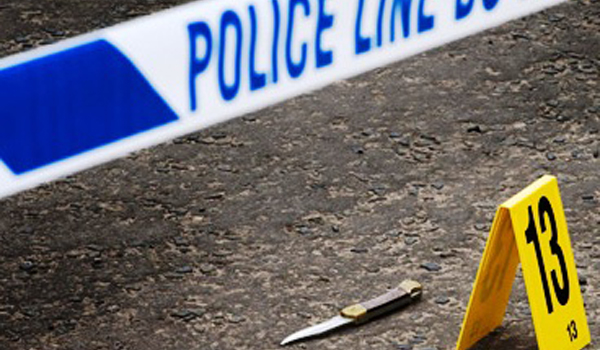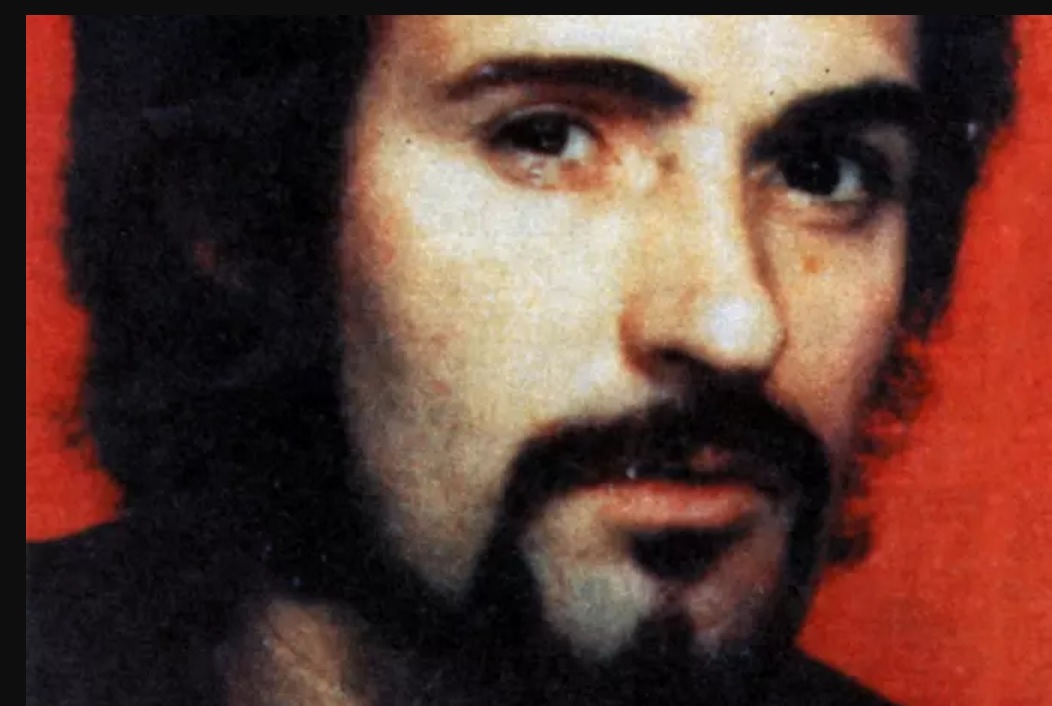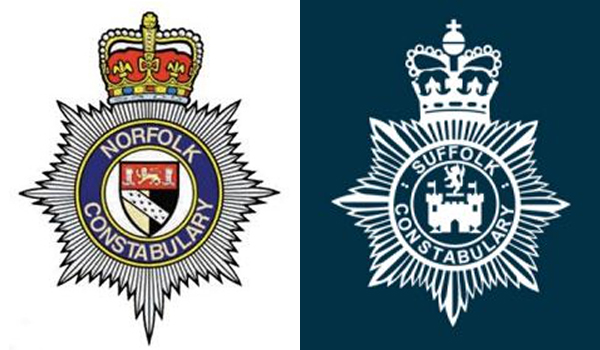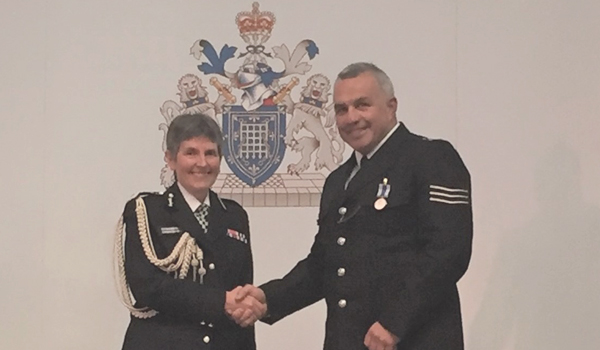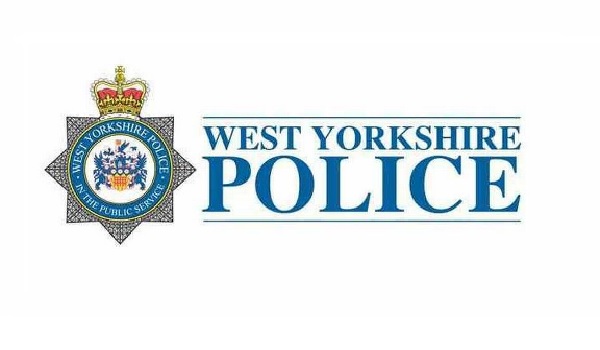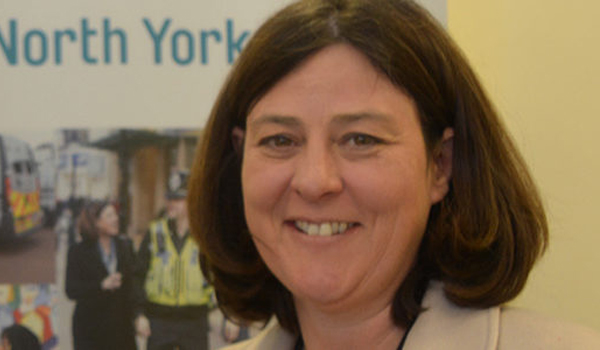NPCC defends ‘effective’ policing as detection rates fall
Policing leaders are urging “caution” in interpreting data around recorded crime and associated detection rates as new figures reveal fewer than one in 20 burglaries and street robberies are being solved.
The percentage of suspects apprehended and convicted for all crimes has more than halved over the past five years to just nine per cent with the Metropolitan Police Service admitting it had “more work to do” – having solved less than one in 25 of all domestic burglaries in the capital in the year to April.
Just four per cent of robberies were solved in England and Wales last year – the mean average for the MPS – compared with nine per cent in 2013, according to new statistics.
The burglary detection rate fell during the same period from six per cent to three per cent.
But the National Police Chiefs’ Council (NPCC) sees a correlation between detection rates dropping and forces recording more incidents as crimes.
NPCC Lead for Crime Statistics Chief Constable Bill Skelly said recent inspections by Her Majesty’s Inspectorate of Constabulary and Fire & Rescue Services have shown that forces are improving the way they record crime, including “crimes that have no suspect and little prospect of a criminal justice outcome”.
Mr Skelly told Police Professional: “Crime continues to change and develop with technology and we have seen a significant rise in complex crime such as online child sexual exploitation, abuse, online fraud, as well as a recent increase in violent crimes.
“While the rise in demand and growing complexity has placed strain on police forces in recent years, policing continues to be effective, and it is important that data around recorded crime and associated detection rates is interpreted cautiously.”
Mr Skelly’s note of caution comes after police recorded crime statistics showed that, in more than 1,000 neighbourhoods with at least 30 crimes, forces failed to arrest any suspects.
And in one of the ‘safest’ places to live in terms of violent crime in England – the Derbyshire Dales – was hit by 355 burglaries last year. However, according to the figures, it is the only local authority area where no burglaries were solved.
Using the statistics from forces for data.police.uk, cross-referenced with the Ministry of Justice files, The Sunday Times was able to create the first public police database to record the outcome of crimes after an offender has been charged. A small proportion of crimes from last year are still being investigated and others are going through the courts.
The resulting figures mapped every neighbourhood in England and Wales to provide a local snapshot of the 4.7 million crimes committed in 2017, and the proportion solved.
In January, overall recorded crime soared by 14 per cent according to the latest figures from the Office for National Statistics (ONS).
However, the Crime Survey for England and Wales (CSEW), typically seen as the most accurate indicator of crime rates involving interviews with the public, showed total offending down ten per cent.
The then Home Secretary Amber Rudd welcomed the apparent decline in crime shown by the CSEW and said some of the changes to recording crime could be explained by better recording practices.
Certain lower-harm offences increased, with domestic burglary rising by 32 per cent while the number of overall burglaries is up eight per cent. Vehicle offences also rose 18 per cent while theft from vehicles increased by 22 per cent.
The ONS said these could represent genuine increases rather than improved recording. The CSEW once again showed a different trend. Based on experiences of interviewees, there was no change in the number of violent offences committed last year compared with 2015/16.
But it is clear that forces are recording many more crimes because of their strict adherence to National Crime Recording Standards.
One chief constable told Police Professional that because of heeding inspectors’ demands in recording incidents as crimes, particularly low-level violent crimes, valuable resources were being used up in the name of bureaucracy.
“If you record more incidents as crimes, you have to do something with them, such as writing to victims and providing data returns.
“The inspectorate has to understand that this is taking away resources that could be used to investigate crimes that should have a criminal justice outcome, to manage a process for incidents that will never have.”
Police figures show Blackpool, south Buckinghamshire, south Cambridgeshire, and Rushcliffe in Nottinghamshire were among the areas with the lowest rates of solved crime – less than one in 20 crimes in 2017 resulted in a recorded outcome.
But Uttlesford in Essex, with high-visibility foot patrols introduced across the district, solved 26 per cent of crimes last year with Boston in second place solving 20 per cent, followed by Merthyr Tydfil, Darlington and County Durham.
Two streets in north London – Holloway Road and Highgate Hill – were reported to be the worst-affected in the UK for moped crimes. Holloway Road saw 111 robberies last year, only one of which has been solved, while Highgate Hill saw 48, with none solved.
The decline in detection rates is also reflected in a Home Office report on crime outcomes in England and Wales to December 2017 which reveals that the number of offences that resulted in a charge or court summons fell from 12 per cent in 2016 to 9.1 per cent in 2017. Just 6.6 per cent of theft offences resulted in a charge or court summons.
Just over one in ten adults were victims of crime last year, according to latest Crime Survey for England and Wales which shows a fall in offences long term – although offences involving bladed weapons jumped 22 per cent and firearms offences by half that amount.
Budget cuts and those inflicted on frontline policing have been cited as the common denominator for detection rates declining.
The Police Federation of England and Wales said the Government has been jumping on headline figures while the true trends are being masked with “smoke and mirrors”, adding: “They need to accept the simple reality that the result of cutting police officers and funding is a rise in crime.”
Police officer numbers in England and Wales have fallen from 141,631 in 2010 to 118, 079 last year – a 17 per cent drop to the lowest level since the late 1980s.
Home Office figures show PCSO numbers have fallen from 14,393 in 2012 to 10,205 last year.
Labour leader Jeremy Corbyn has repeatedly attacked Theresa May this year on how recorded crime has risen by a fifth since 2010 while 21,000 officers and £2.3 billion has been cut from the police service under the Tory government’s watch.
With the HMICFRS finding forces failing to record tens of thousands of offences and one chief constable admitting he did not have the resources to keep people safe, Mrs May had presided over the highest rise in recorded crime for a quarter of a century, he said.


